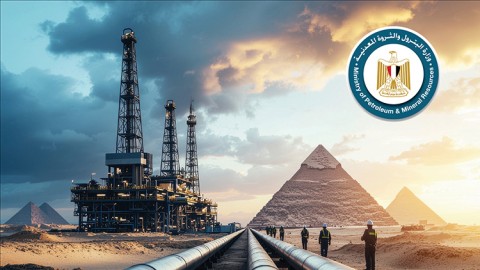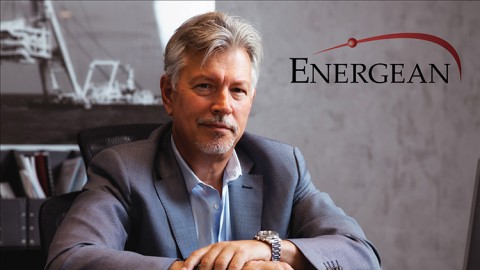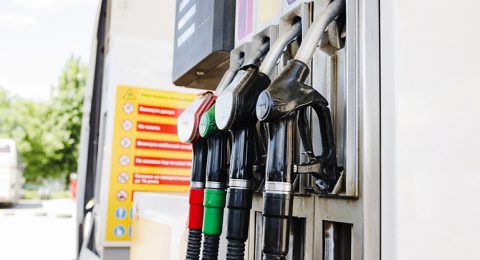Crescent Petroleum is seeking to further reduce its already low levels of gas flaring from operations, according to Emirates News Agency (WAM).
The company has managed to bring down its flaring rate to about 0.7% of production. Crescent’s strategy to eliminate it more in the future is based on implementing plans to eliminate the use of all single-use plastics. Additionally, Crescent has continued to improve a variety of sustainability programs at its regional operations to reduce its use of water, electricity, and fuel, in addition to its overall impact on the environment.
This was announced by Majid Jafar, Crescent Petroleum’s CEO during the Atlantic Council Global Energy Forum’s opening panel discussion, titled Setting the 2020 Energy Agenda.
Jafar pointed out that Crescent Petroleum is considered a leader in delivering clean natural gas for power generation in the region, with a current natural gas production forming more than 85% of its total production.
Furthermore, the company is planning to move from high carbon emitting fuels like coal and diesel to lower emitting natural gas. Thus, Crescent has worked to cut its carbon intensity per barrel equivalent to less than one-third of the industry average, with plans to reduce it even further, according to Jafar.
It is worth mentioning that by replacing diesel with natural gas to generate power, Crescent has managed to avoid 33 million tons (mmt) of carbon dioxide (CO2) over the past decade.
“For nearly 50 years, Crescent Petroleum has leveraged its understanding of the Middle East to promote cleaner energy and social sustainability,” Jafar said, adding that “we see a bright future for this region and its people and recognize that investing in sustainability and the well-being of the communities where we live and work is central to our future success.”












